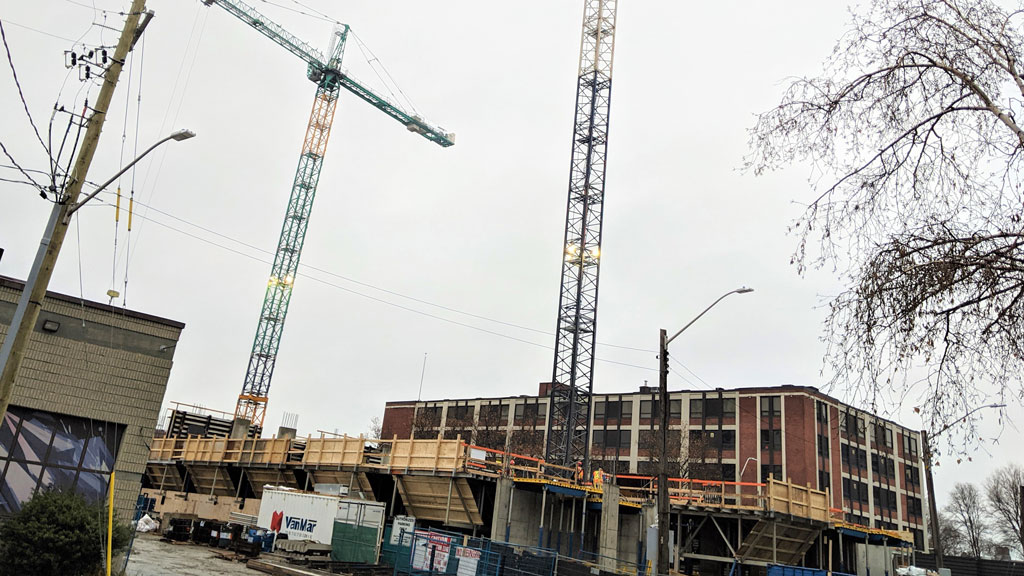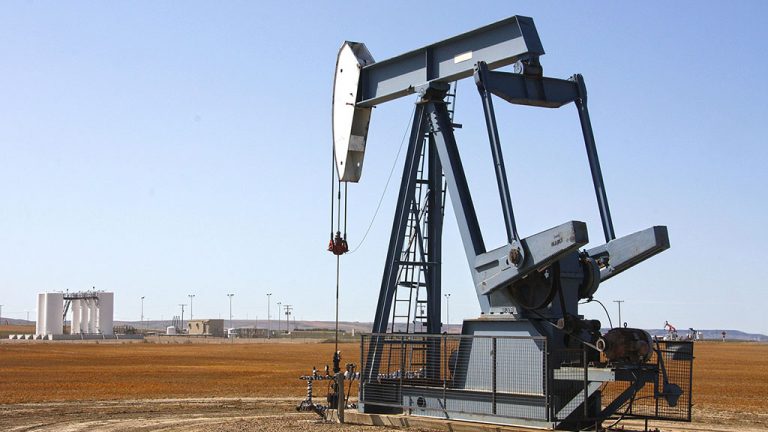Two top real estate economists from Altus Group believe interest rates could spike two per cent by the end of 2023 and construction costs could continue to spiral for a couple of years as well.
Altus Group’s vice-president of data operations Raymond Wong and the firm’s vice-president and chief economist Peter Norman also forecasted national GDP growth of four per cent for 2022 but no end in sight for the paucity of supply of single-family homes.
The forecasts came during the firm’s National State of the Market 2022 webinar held late last month.
Norman said concerns over construction costs, interest rates, possible lingering effects of COVD-19, a labour shortage, possible government policy shifts on housing and changes in consumer behaviour wrought by the pandemic all added up to one big worry for businesses — heightened volatility.
“When we talk about volatility, we talk about the influence that this has on our decisions and on our investment decisions, and that volatility has been very, very raised through this period because of the waves of the pandemic and policy responses to the pandemic that have caused these massive gyrations in what goes on,” said Norman.
But despite those concerns, he said, there should be a normalizing of economic growth nationally, and the predictions of continued inflation for the next couple of years will eventually end with a normalizing in that indicator as well.
In Alberta, Norman said, “We will continue to see actually even stronger growth going forward with higher energy prices. Now we’re starting to really see a stronger and more lasting recovery.”
“Other sectors like Ontario and Quebec that saw quite a lot of growth in 2021, we’ll start to see more normalized growth as we go forward.”
The volatility led to what the International Monetary Fund called a “disrupted recovery,” Norman said.
Canada had a GDP loss of 5.2 per cent during the first year of the pandemic in 2020, a gain of 3.4 per cent in 2021 and a projected further gain of 4.0 per cent this year, Altus Group predicts.
As for GDP growth in the provinces, Alberta is expected to grow 6.0 per cent in 2022, Ontario should be at 3.8 per cent growth and B.C. is expected to expand 4.0 per cent.
Focusing on construction, Wong listed familiar constraints to growth including resource availability, prices and materials, labour force, logistics and supply chains, and introduced a new concern — rent increases in the warehouse sector.
“Industrial rents right across Canada, because of low availability rates, especially in Toronto and Vancouver, of less than one per cent, have really pushed up,” Wong explained. “Rental rates are higher and whether or not companies can still keep up with the increase in rents and pass some of those costs off on the consumer products remains to be seen.”
Another uncertainty is the future of offices.
“I think going forward that is going to be a sort of a wait and see, whether or not people go back to the office, but there’s other issues that you’re dealing with right now such as the fear of public transit, and workers being able to get back onto public transportation to get to the office,” said Wong.
Overall, office availability rates are probably going to remain flat, he said.
One bright spot among several in 2021 was overall commercial investment,
Wong said it was a record year, with a complete recovery from 2020 resulting in a rise in investment activity of over 45 per cent.
Commercial investors should be looking at life sciences buildings, data centres, self-storage, cold storage and purpose-built rental, Wong said.
“There’s a lot more capital that is chasing very few assets,” he said. “Especially with a lot of activity that we saw in December and November of 2021 that we’ll be pushing to this year. So we’re going to have probably a record first quarter.”
Norman then addressed the residential market, saying the biggest story currently is the lack of available single-family units, especially in the GTA. Aging millennials have moved through rentals and condos and now want singles but the supply is severely limited. And Gen Z will be following.
“This is the kind of trend which is showing very, very hot resale markets in areas that are one or two hours from Toronto, Vancouver, etc., because these are the markets that a greater number of people are realizing they can get somewhat more affordable housing, larger houses and can still interact with their offices in a more hybrid or remote way without too much stress,” he said. He named Hamilton and Niagara in southern Ontario as in hot demand.
Right now, there are 770 lots remaining in inventory for single-family homes across all the GTA, Norman said. A year ago it was over 2,300 and years ago it was over 5,000.
Follow the author on Twitter @DonWall_DCN.











Recent Comments
comments for this post are closed